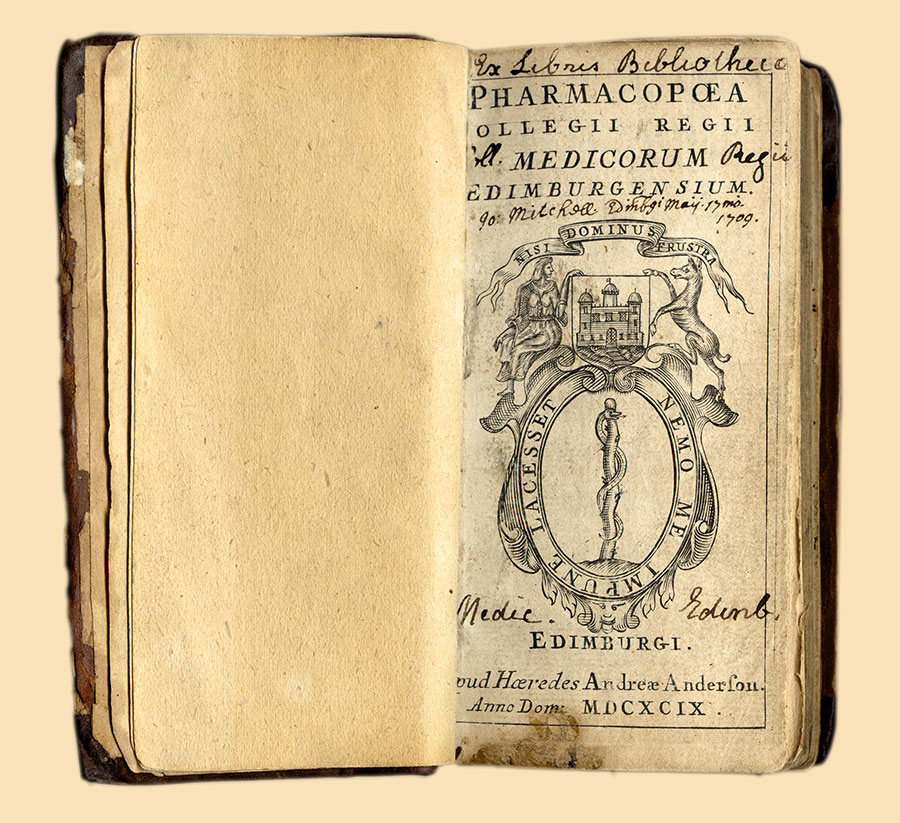|
Drug Reference Standard
A drug reference standard or pharmaceutical reference standard is a highly characterized material suitable to test the identity, strength, quality and purity of substances for pharmaceutical use and medicinal products. Pharmacopoeial reference standards Pharmacopoeial reference standards are a subset of pharmaceutical reference standards. They are established for the intended use described in pharmacopeial texts (monographs and general chapters). Pharmacopeial reference standards are available from various pharmacopoeias such as United States Pharmacopeia and the European Pharmacopoeia. Where pharmacopoeial tests or assays call for the use of a pharmacopoeial reference standard, only those results obtained using the specified pharmacopoeial reference standard are conclusive. See also *Standard (metrology) *Pharmacopoeia A pharmacopoeia, pharmacopeia, or pharmacopoea (from the obsolete typography ''pharmacopœia'', meaning "drug-making"), in its modern technical sense, is ... [...More Info...] [...Related Items...] OR: [Wikipedia] [Google] [Baidu] |
Pharmacopoeia
A pharmacopoeia, pharmacopeia, or pharmacopoea (from the obsolete typography ''pharmacopœia'', meaning "drug-making"), in its modern technical sense, is a book containing directions for the identification of compound medicines, and published by the authority of a government or a medical or pharmaceutical society. Descriptions of preparations are called monographs. In a broader sense it is a reference work for pharmaceutical drug specifications. Etymology The term derives from grc, φαρμακοποιία ''pharmakopoiia'' "making of (healing) medicine, drug-making", a compound of φάρμακον ''pharmakon'' "healing medicine, drug, poison", the verb ποιεῖν ''poiein'' "to make" and the abstract noun suffix -ία ''-ia''. In early modern editions of Latin texts, the Greek diphthong οι (''oi'') is latinized to its Latin equivalent ''oe'' which is in turn written with the ligature ''œ'', giving the spelling ''pharmacopœia''; in modern UK English, ''œ'' is w ... [...More Info...] [...Related Items...] OR: [Wikipedia] [Google] [Baidu] |
United States Pharmacopeia
The ''United States Pharmacopeia'' (''USP'') is a pharmacopeia (compendium of drug information) for the United States published annually by the United States Pharmacopeial Convention (usually also called the USP), a nonprofit organization that owns the trademark and also owns the copyright on the pharmacopeia itself. The ''USP'' is published in a combined volume with the ''National Formulary'' (a formulary) as the USP-NF. If a drug ingredient or drug product has an applicable ''USP'' quality standard (in the form of a ''USP-NF'' monograph), it must conform in order to use the designation "USP" or "NF". Drugs subject to ''USP'' standards include both human drugs ( prescription, over-the-counter, or otherwise) and animal drugs. ''USP-NF'' standards also have a role in US federal law; a drug or drug ingredient with a name recognized in ''USP-NF'' is considered adulterated if it does not satisfy compendial standards for strength, quality or purity. USP also sets standards for di ... [...More Info...] [...Related Items...] OR: [Wikipedia] [Google] [Baidu] |
European Pharmacopoeia
The ''European Pharmacopoeia'' (''Pharmacopoeia Europaea'', ''Ph. Eur.'') is a major regional pharmacopoeia which provides common quality standards throughout the pharmaceutical industry in Europe to control the quality of medicines, and the substances used to manufacture them. It is a published collection of monographs which describe both the individual and general quality standards for ingredients, dosage forms, and methods of analysis for medicines. These standards apply to medicines for both human and veterinary use. Legal basis The ''European Pharmacopoeia'' has a legally binding character. It is used as an official reference to serve public health, and is part of the regulatory requirements for obtaining a Marketing Authorisation (MA) for a medicinal (human or veterinary) product. The quality standards of the European Pharmacopoeia apply throughout the entire life-cycle of a product, and become legally binding and mandatory on the same date in all thirty-nine (39) ... [...More Info...] [...Related Items...] OR: [Wikipedia] [Google] [Baidu] |
Standard (metrology)
In metrology (the science of measurement), a standard (or etalon) is an object, system, or experiment that bears a defined relationship to a unit of measurement of a physical quantity. Standards are the fundamental reference for a system of weights and measures, against which all other measuring devices are compared. Historical standards for length, volume, and mass were defined by many different authorities, which resulted in confusion and inaccuracy of measurements. Modern measurements are defined in relationship to internationally standardized reference objects, which are used under carefully controlled laboratory conditions to define the units of length, mass, electrical potential, and other physical quantities. Hierarchy of standards There is a three-level hierarchy of physical measurement standards. At the top of the tree are the master standards – these are known as ''primary standards''. Primary standards are made to the highest metrological quality and are the defin ... [...More Info...] [...Related Items...] OR: [Wikipedia] [Google] [Baidu] |
Drugs
A drug is any chemical substance that causes a change in an organism's physiology or psychology when consumed. Drugs are typically distinguished from food and substances that provide nutritional support. Consumption of drugs can be via inhalation, injection, smoking, ingestion, absorption via a patch on the skin, suppository, or dissolution under the tongue. In pharmacology, a drug is a chemical substance, typically of known structure, which, when administered to a living organism, produces a biological effect. A pharmaceutical drug, also called a medication or medicine, is a chemical substance used to treat, cure, prevent, or diagnose a disease or to promote well-being. Traditionally drugs were obtained through extraction from medicinal plants, but more recently also by organic synthesis. Pharmaceutical drugs may be used for a limited duration, or on a regular basis for chronic disorders. Pharmaceutical drugs are often classified into drug classes—groups of r ... [...More Info...] [...Related Items...] OR: [Wikipedia] [Google] [Baidu] |



